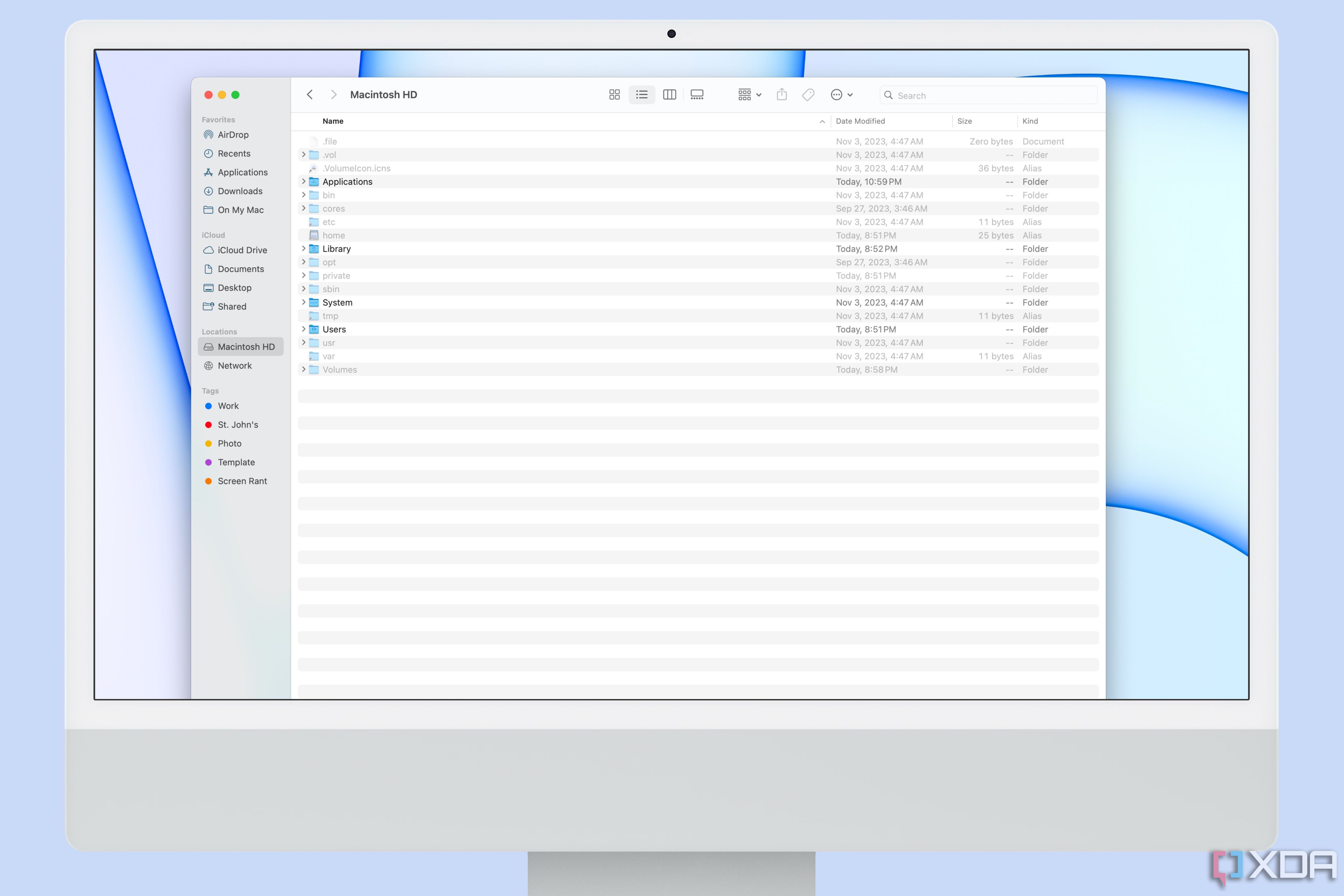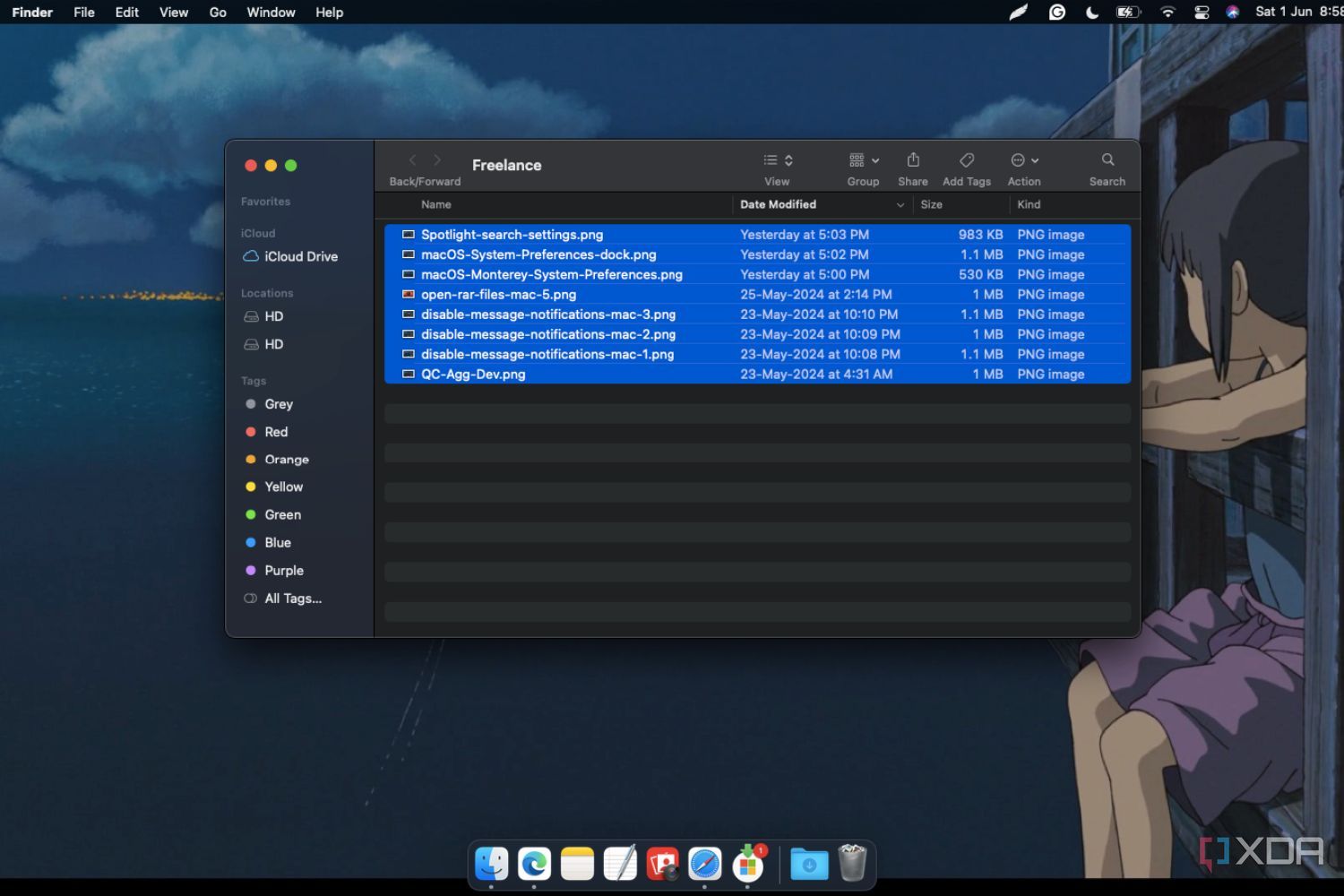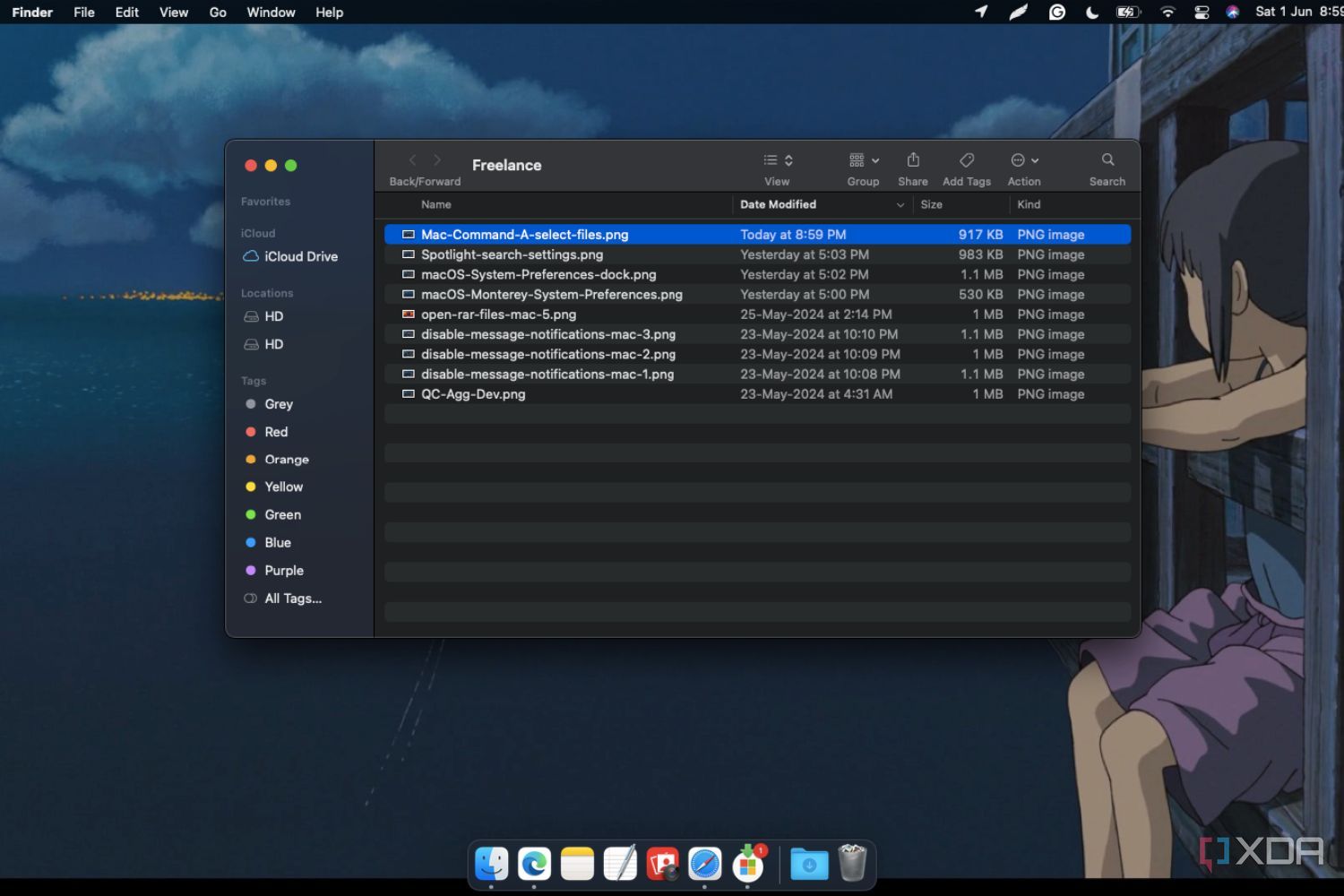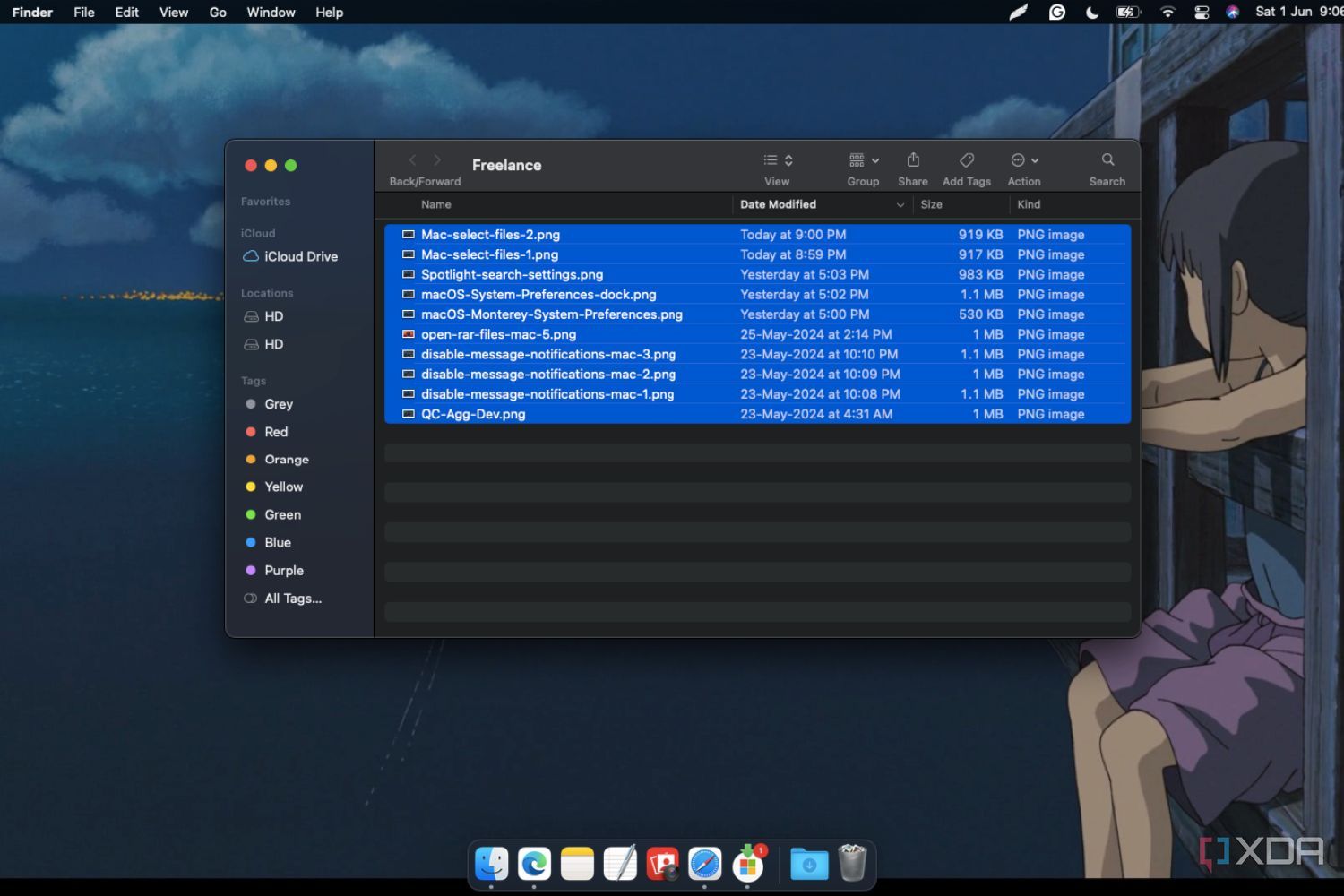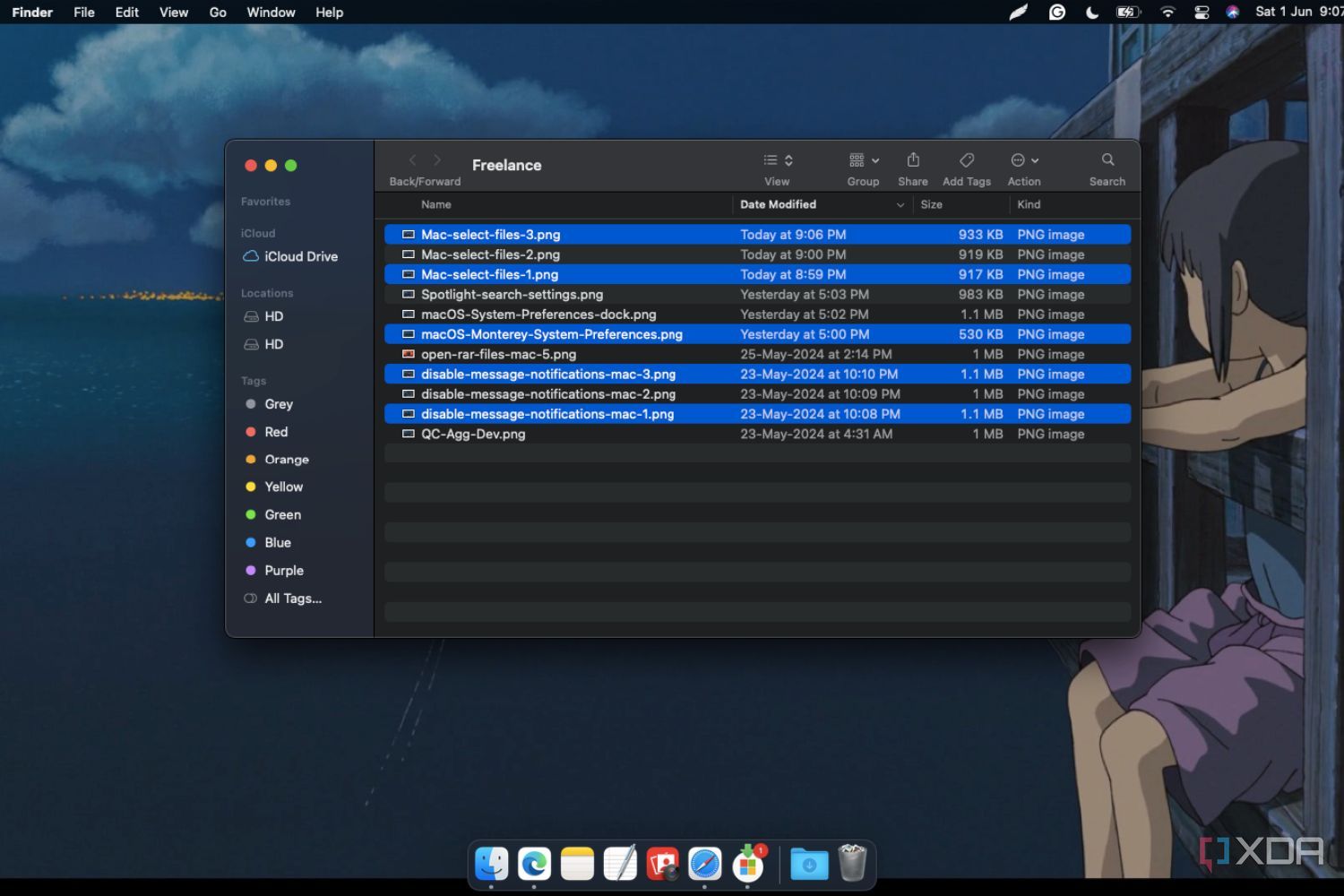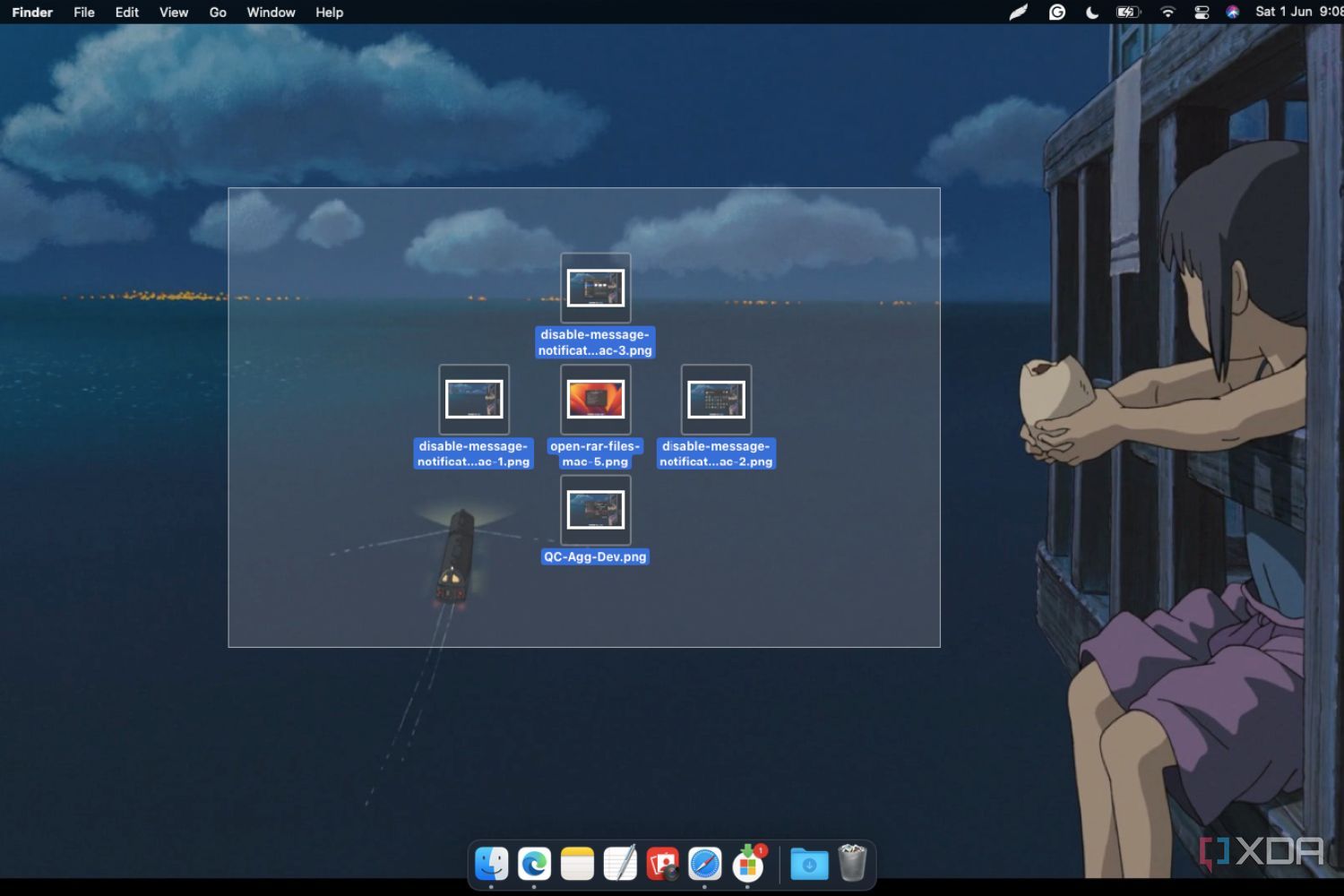If you want to copy, move, delete, or open multiple files at once, you first have to select them all in one go. The select all functionality on the best Macs works similarly to the way you’d do it on Windows laptops or desktops. However, there are a few different ways of going about it. In this guide, we’ll show you the best ways of performing this simple operation so you can accomplish your work most efficiently.

How to check the storage on your Mac
It’s easy to find out how much storage your Mac has, how much you’ve used, and what to do next.
How to select all on a Mac
Easily select every file within a folder
If you want to grab every single file within a folder (or from your desktop), there’s a simple keyboard shortcut that makes it very easy.
- Open the folder containing the files you want to select.
- Hit Command + A on your keyboard to select every single file.
- You can press Command + C to copy all these files, then press Command + V in a different folder to paste them. Alternatively, you could just drag these files to a new folder and move them that way.
If you need to deselect certain files after you’ve already selected them, hold down the
Command
key and click the files you didn’t want to select, and they will be removed from the selected group.
Select files in a sequence
If you want to select a certain number of files in a sequence, the process is a bit different. You’ll first have to sort the files in the folder according to List, Columns, or Gallery view. If the view is set to Icons, then this method won’t work.
- Use the Finder app to head to the location of the files you want to select.
- From the View icon, either select files to show as List, Columns, or Gallery view.
- Click the first file in the sequence to select it.
- Hold down the Shift key, and select the last file in the sequence. This will auto-select all the files between the first and last one that you selected. Any files before the first one or after the last one will be ignored.
Select specific files while ignoring others
You might not want to select every single file within a folder. If you only want to select a certain few items sporadically and ignore others, here’s what you need to do:
- First, open the folder containing the files you want to select.
- Click the first file you want to select.
- Next, hold down the Command key and individually click all the other files you want to select. While holding the Command key, you can select as many files as you want in any order.
Click and drag
For some reason, if you don’t want to use the keyboard shortcuts, you could just click and drag to select multiple files.
- Click your mouse or trackpad and hold the click while dragging the cursor to create a selection box over the files you want to select.
- Let go of the click to select the files.
- If you accidentally selected files you don’t need, you can deselect them by holding down the Command key and clicking them.
- Similarly, you can add more files to the selection by holding the Command key and clicking them.
Mastering file management on Mac
The click and drag method for selecting files works well enough, but using the keyboard shortcuts is better because it gives you more granular control. If you want to become a power user, familiarizing yourself with keyboards shortcuts on Mac is a wise idea. These shortcuts will save you a lot of time during your day-to-day use, allowing you to focus more on the work that really matters.

